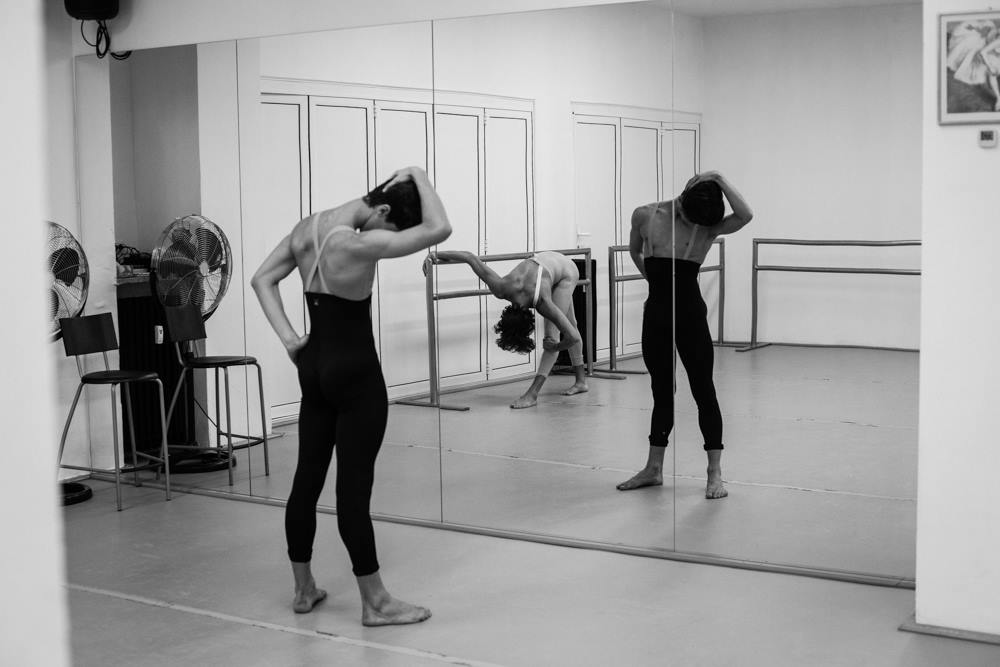Dance teacher and founder of Different Drummer Dance Katrena Cohea shares her thoughts on early dance education for boys.
When most people think of ‘dance’, or ‘ballet’, they envision little girls in tutus spinning around, yet many boy’s dance classes focus more on energy, power, and masculine imagery (sports, superheroes and ninjas) that have the potential to not only harness the high-energy, rough and tumble activity that boys are known to love, but also provide them with a physical, creative, and supportive space to explore their bodies and capabilities.
Dance has a very specific list of benefits for boys. There are physical considerations such as agility, coordination and flexibility, but also mind-body considerations, which are found less in Western/American culture, but have been traditions in the East for thousands of years. While Western culture encourages girls and women to pay close attention to their bodies, and how they look, boys are taught merely to use their bodies; to rough house, play sports, and in their teens and 20’s and onwards, as a means for sex. Dance can lessen the disconnectedness that boys and men might feel with their bodies. Dance instruction can help them to not only become strong and graceful, but confident in their own skin.
I would encourage parents of boys to make dance and movement a part of their lives from the very beginning. Dance and sing with them as babies, take them to movement and music classes, and expose boys to dance as a way to harness their energy. If boys see their own father, or a male figure engaging in dance and movement that’s wonderful as well. This can help shift the mindset of what’s ‘normal’ for the genders.
In my classes, I say that ‘anybody who has a body can dance’. If your body is male, female, standing, or in a wheelchair, you can find a way to move. If we view dance as individual to each person and body, rather than as a specific technique, it becomes immediately more inclusive, less scary, and a whole lot more fun.
Photo credits: Samuele Berbenni and Francesco Mascia, Photo by Merien Morey







